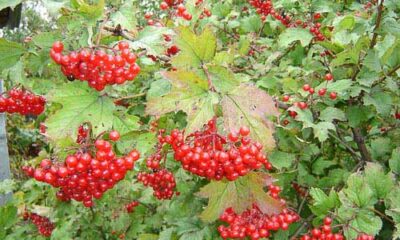https://doi.org/10.1016/j.foodres.2020.109221
by Eliana B. Souto 1,2,*,Alessandra Durazzo 3,Amirhossein Nazhand 4,Massimo Lucarini 3,Massimo Zaccardelli 5,Selma B. Souto 6,Amelia M. Silva 7,8,Patricia Severino 9,10,11,Ettore Novellino 12 andAntonello Santini 12,*
Francisco L.F.SilvaaGerlan O.NascimentobGisele S.LopesaWladiana O.MatosaRodrigo L.CunhacMarcelo R.MaltacGilberto RodriguesLiskadRobert W.OweneM. Teresa S.Trevisanba
Laboratório de Estudos em Química Aplicada (LEQA), Departamento de Química Analítica e Físico-Química, Centro de Ciências, Universidade Federal do Ceará, Campus do Pici, 60451-970 Fortaleza, CE, BrazilbDepartamento de Química Orgânica e Inorgânica, Centro de Ciências, Universidade Federal do Ceará, Campus do Pici, CP 12200, 60451-970 Fortaleza, CE, BrazilcEmpresa de Pesquisa Agropecuária de Minas Gerais (EPAMIG), Av. José Cândido da Silveira, 1657, 31170-495 Belo Horizonte, MG, BrazildUniversidade Federal do Pampa – UNIPAMPA, Rua Luiz Joaquim de Sá Britto, s/n, Bairro Promorar, 97650-000 Itaqui, RS, BrazileDivision of Preventive Oncology, National Center for Tumor Diseases, Im Neuenheimer Feld 460, and German Cancer Research Center (DKFZ), Im Neuenheimer Feld 581, 69210 Heidelberg, Germany
Received 16 October 2019, Revised 2 April 2020, Accepted 6 April 2020, Available online 21 April 2020, Version of Record 12 May 2020.
Abstract
Coffee (Coffea arabica L.) is an important commodity, involving about 500 million people from the cultivation of the coffee trees to final consumption of infusions of the ground roasted coffee beans. In contrast to a considerable amount of research performed on green coffee beans, there are relatively few studies regarding the chemical constituents of coffee leaves. Hemileia vastatrix is a parasite, specific to coffee plants and causes coffee leaf rust, which is a very destructive disease. Some coffee plants have natural resistance which is mainly linked to a gene and specific host resistance response. An increase in flavonoid production may be related to fungal disease resistance, with the levels and flavonoid types being an early physiological response to rust infection. Trace inorganic elements can be related to many roles in the defense response of higher plants and can be used as a biomarker for some diseases. To address this, coffee leaves from 16 different cultivars of Coffea arabica were harvested from Minas Gerais, Brazil (susceptible and resistant to rust) and their polyphenolic compounds were extracted using the QuEChERS technique and quantitated by HPLC-ESI-MS. The same leaves were decomposed using an acid mixture in a block digester and the content of Al, Cu, Mg, Mn, Ni, Sn and Zn was quantitated by ICP-OES. Principal component analysis (PCA) was applied and we could establish a relation between polyphenolic and trace element concentration in the leaves with resistance to rust infection. On this basis in this preliminary study we were able to separate the resistant from the susceptible cultivars. The main compounds responsible for this differentiation were the content of chlorogenic acid and magnesium in the leaves. The content of polyphenolic compounds was lower in susceptible cultivars and a diametric effect was observed between Mn and Mg concentrations. This study shows potential for the discrimination of resistant and susceptible coffee trees based on the analyses of both trace element and polyphenolic concentration.
1. Introduction
Coffee is a product with mass consumption; an estimated 2.4 billion cups are consumed per day worldwide with an average of 2.4% annual growth over the last 10 years and it is one of the favorite beverages of the world (ICO, 2016).
Coffee (Coffea arabica L.) is an important commodity, involving about 500 million people from the cultivation of the coffee trees to final consumption of infusions of the ground roasted coffee beans (Batista et al., 2012). In contrast to a considerable amount of research performed on green coffee beans, there are relatively few studies concerning the chemical constituents of coffee leaves (de Almeida et al., 2014, de Almeida et al., 2018, Trevisan et al., 2016).
Hemileia vastatrix (H. vastatrix) is a parasite, specific to coffee plants and causes coffee leaf rust which is a very destructive disease. Some coffee plants have a natural resistance which is mainly linked to a gene and specific host resistance response (e.g·H2O2 production) (Fernandez et al., 2012). Coffea arabica is characterized by a low genetic diversity, which is therefore reflected in its susceptibility to numerous diseases.
Mechanical damage such as methyl jasmonate (MeJA) treatment, Hemileia vastatrix Berk. and Br. (H. vastatrix) fungus inoculation and L. coffeella infestation cause different responses in polyphenol oxidase (PPO) activity, and demonstrate that resistance may also be related to the oxidative potential of the tissue regarding the polyphenolic composition, rather than simply to a higher PPO activity (Fernandez et al., 2012, Guerreiro-Filho, 2014, Melo et al., 2006).
Mhlongo, Piater, Steenkamp, Madala, and Dubery (2014), discovered that phenolic compounds which prime plant defense, also induce the accumulation of chlorogenic acid, and other mono- and di-acylated caffeoylquinic acids.
Chlorogenic acids, present in leaves, act as antioxidants in plants and protect against degenerative, age-related diseases when present in the diet of humans. In plants, they can also modulate the feeding behavior of insects (Chen and Wu, 2014, Mubarak et al., 2012).
Polyphenol oxidase (EC 1.10.3.2) is a copper-containing enzyme responsible for hydroxylation of monophenols to o-diphenols and oxidation of o-diphenols to o-diquinones and is widely distributed in higher plants (Ramiro, Guerreiro-Filho, & Mazzafera, 2006). In this respect, 5-caffeoylquinic acid (chlorogenic acid) is regarded to be the best polyphenolic compound as a substrate of PPO present in coffee leaves (Mazzafera & Robinson, 2000). The levels of this compound are reported as higher in coffee leaf extracts of Coffea arabica than in coffee beans (de Almeida et al., 2018). At present, the most likely functions of PPO are its involvement in plant resistance to diseases (Constabel and Barbehenn, 2008, Melo et al., 2006). PPO was investigated in compatible and incompatible interactions of coffee plants with the causal agent of coffee leaf rust (Melo et al., 2006).
A pathogenic defense role of PPO is also supported by studies showing good correlations between high PPO levels in coffee cultivars with high pathogen resistance (Niranjan Raj, Sarosh, & Shetty, 2006).
Mangiferin has also been shown to play a role in increasing the resistance of coffee trees to rust infection, a disease caused by H. vastatrix, which causes defoliation and drying of branches, notwithstanding a relation with the biochemical mechanisms of plant defense against pathogens and UV irradiation (Franklin, Conceição, Kombrink, & Dias, 2009).
An increase in flavonoid production may be related to resistance to fungal disease, with the levels and flavonoid types being an early physiological response to rust infection (de Oliveira Fassio et al., 2016).
There also may be a strong correlation between various factors which render Coffea arabica plants susceptible to rust infection. For example, (1) The concentration of trace elements (essential cofactors in the function of enzymes important in the deactivation of reactive oxygen species) such as PPO, superoxide dismutase and catalase (2) the concentration of major polyphenolic compounds.
To address this, coffee leaves harvested from Minas Gerais State, Brazil were extracted using the QuEChERS (Quick, Easy, Cheap, Effective, Rugged and Safe) technique, and polyphenol and trace element content (Al, Cu, Mg, Mn, Ni, Sn and Zn) were evaluated. Principal component analysis (PCA) was applied in an attempt to establish the role of polyphenolic and trace element concentration in the leaves to rust infection resistance. To our knowledge, this is the first study to attempt this approach.
References:
https://www.sciencedirect.com/science/article/pii/S0963996920302465

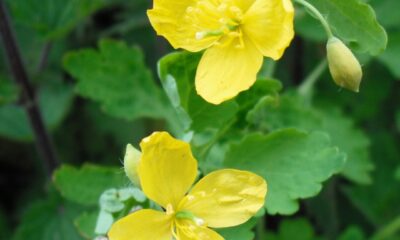
 Alternative Health2 years ago
Alternative Health2 years ago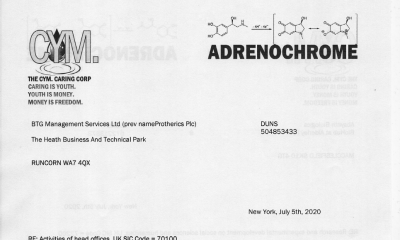
 Life Force Network2 years ago
Life Force Network2 years ago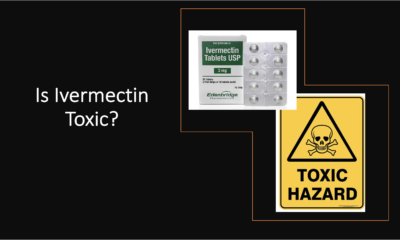
 Alternative Health1 year ago
Alternative Health1 year ago
 Life Force Network2 years ago
Life Force Network2 years ago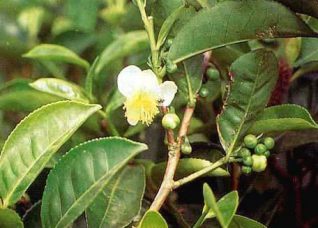
 Alternative Health2 years ago
Alternative Health2 years ago
 Military2 years ago
Military2 years ago
